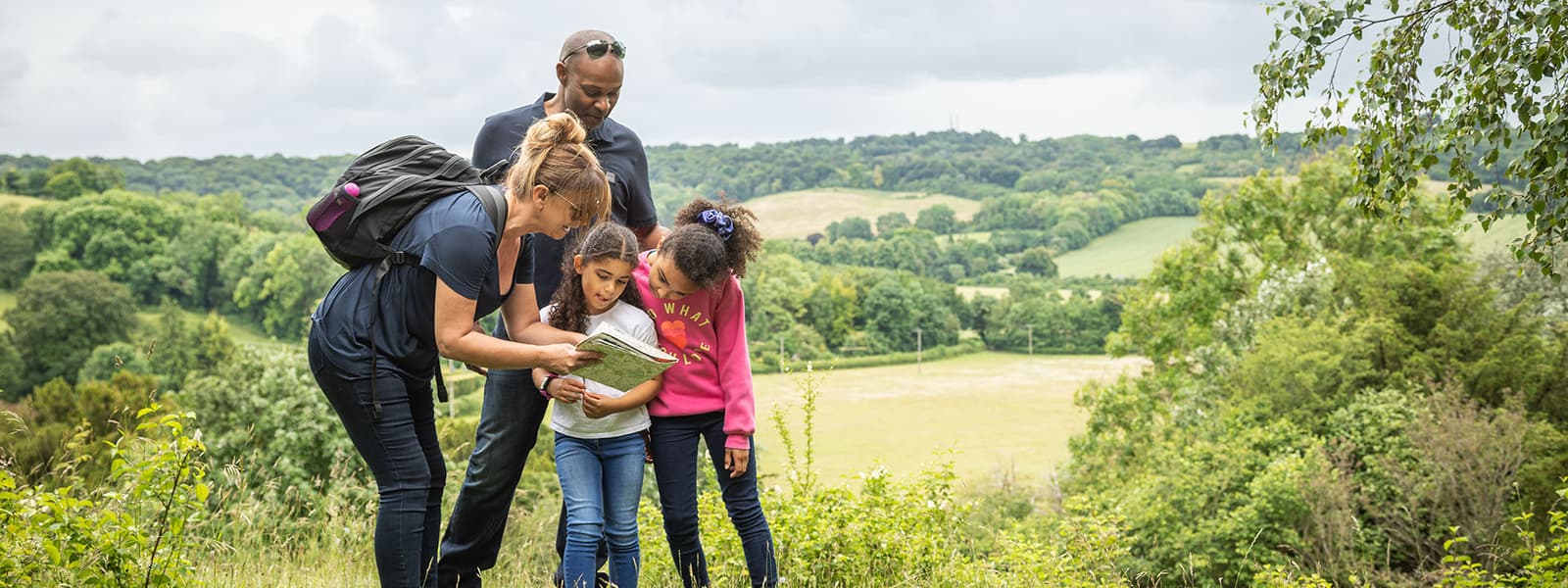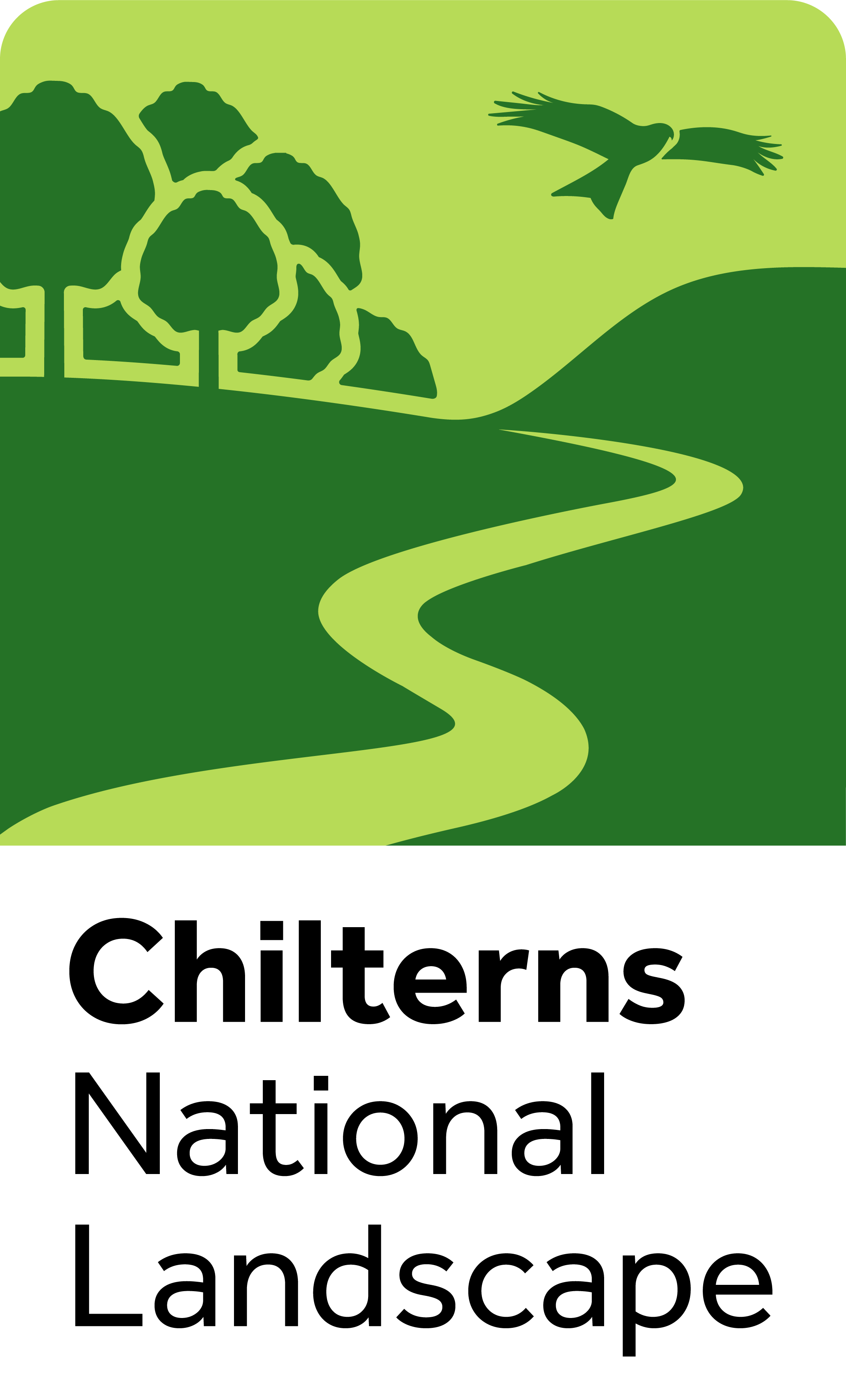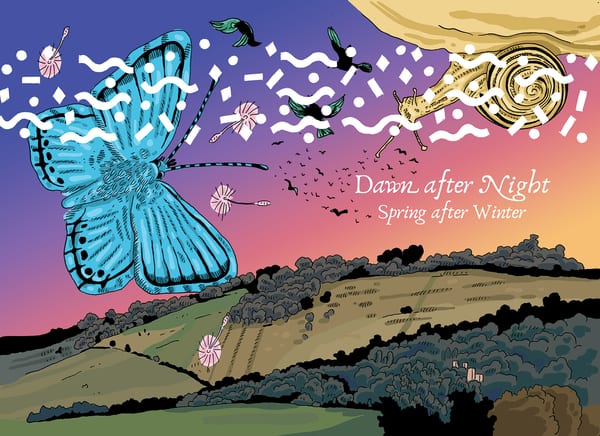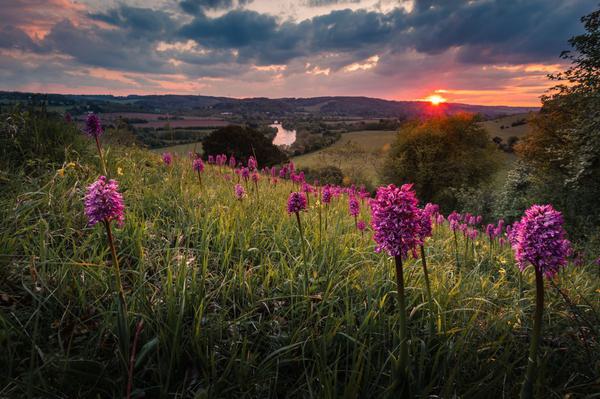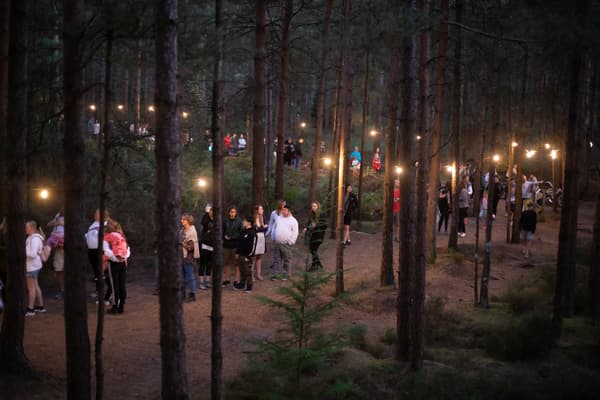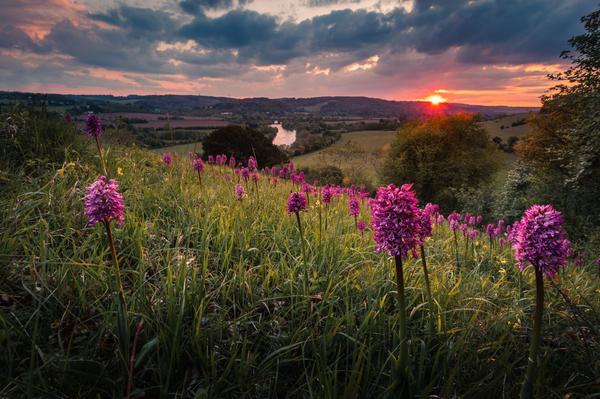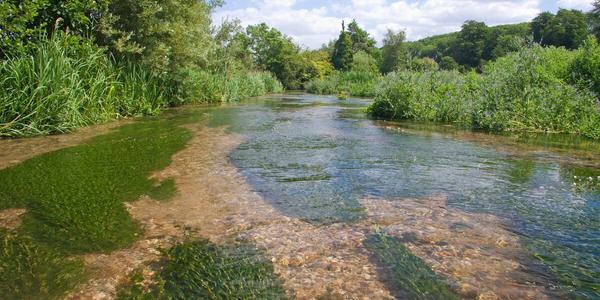Chilterns National Landscape
The Chilterns is a landscape of remarkable beauty and distinctive character, with a unique interaction of geological, ecological and cultural heritage features. Its dramatic chalk escarpment is globally rare, and creates sweeping panoramic views, criss-crossed by ancient routes and hedgerows, trees, orchards and parkland, weaving across farmland.
